
Computer Science
Green quantum computing takes to the skies
Deploying advanced computers on floating platforms in the stratosphere could save on cooling costs.
Page 1 of 1

Computer Science
Deploying advanced computers on floating platforms in the stratosphere could save on cooling costs.

Computer Science
A network analysis tool allows users to reveal the hidden workings of network middleboxes.

Bioscience
Deep-learning tool outperforms human experts at classifying lab-grown embryo-like structures, enabling advances in developmental biology and drug discovery.

Computer Science
Microchip designs can be streamlined by incorporating both high-level concepts and low-level wiring details in the same modelling framework.

Computer Science
No blood, no batteries — just sweat, microwaves and some seriously cool science.

Computer Science
A query-based method for extracting knowledge from sensitive datasets without showing any underlying private data could resolve long-standing privacy concerns in machine learning.

Computer Science
Understanding how diseases trigger one another could lead to better treatments, prevention strategies and improved genetic risk prediction.

Bioscience
A much-hyped new theory that purports to provide a universal explanation of natural phenomena merely repackages existing theoretical tools.

Computer Science
A selective thermal oxidation that eliminates damage to sidewalls is set to enhance micro-LED efficiency.

Computer Science
An integrated mathematical framework vastly improves the modeling of cyclones and tornadoes.

Applied Physics
The key to achieving greatly increased capacity and efficiency in semiconductor technology could be to build upwards, in vertical stacks of thin film transistors. © 2024 KAUST

Computer Science
An automated scheme for optical lens design looks set to enhance mobile phone cameras.
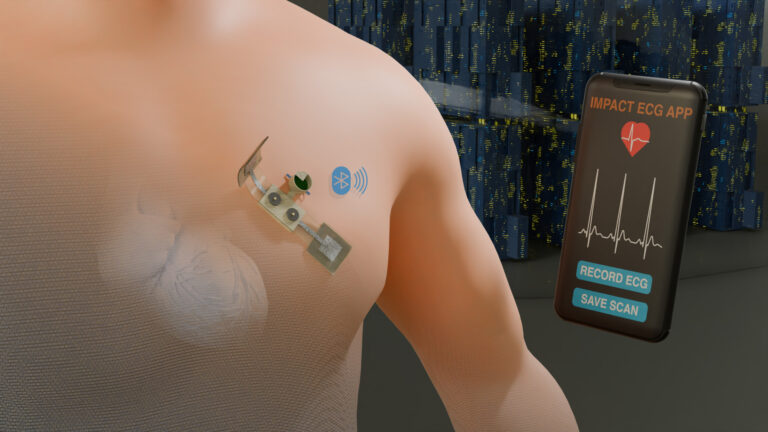
Computer Science
An innovative use of screen printing to assemble the key components of wet ECG electrodes enables remote monitoring at extended range and improves the experience for patients and healthcare staff.

Bioengineering
Powered by logic and large language models, DeepGO-SE predicts the biological role of proteins and could be used to aid drug discovery.

Bioengineering
An integrated shuffler optimizes the privacy of personal genomic data used for machine learning.

Bioengineering
Inspired by large language models that power ChatGPT, an AI algorithm offers a new way to annotate cells.

Computer Science
Algorithm creates tessellating triangular pieces to build physical replicas of structures such as cells or viruses.

Bioengineering
An open-source software can help align artificial intelligence applications in healthcare with data privacy regulations.

Applied Mathematics and Computational Sciences
Solid-state radiofrequency reflectors will enable seamless wireless connectivity in the Hyperloop evacuated-tube transport system.

Bioengineering
Skin organoids offer a powerful platform for drug discovery in the ongoing fight against the virus formerly known as monkeypox.

Bioengineering
An innovative AI-based tool leverages varied symptom descriptions, along with evidence from the scientific literature and genomic datasets, to pinpoint disease-associated gene variants.

Bioengineering
New research into how humans and animals use complexity to make decisions offers some tantalizing insights into the nature of intelligence.

Computer Science
A residual-based approach that detects and corrects voltage and frequency anomalies could protect power grids against covert cyberattacks.

Computer Science
Computer memory systems that work change resistance rather than charge could greatly improve the performance of deep neural networks for machine learning.

Chemistry
Less hazardous and more sensitive and eco-friendly scintillating compounds could greatly improve X-ray imaging technologies.

Computer Science
Light-sensitive memory elements that can be programmed optically offer promise for more efficient real-time image analysis.

Computer Science
A strategic means to assess, plan and manage a nation’s digital assets across the entire value chain is essential to achieve digital sovereignty.

Computer Science
A new cybersecurity tool checks for weaknesses in the intermediary software components that act on internet traffic.
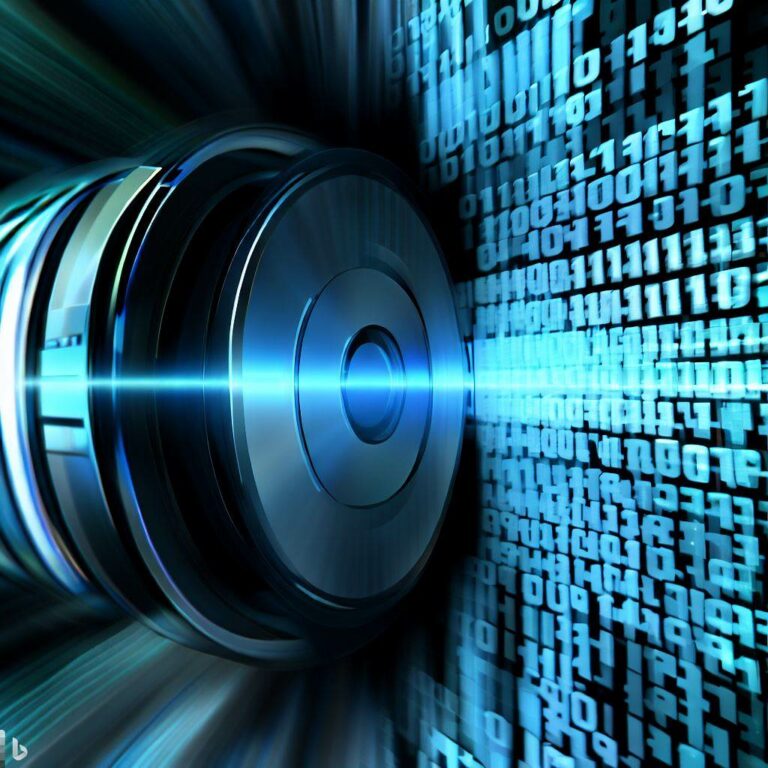
Computer Science
Scientists can speed up simulations of complex systems by using compression algorithms running on AI hardware.

Computer Science
A neural network that can learn its own learning algorithm opens the door to self-improving artificial intelligence.

Computer Science
An inexpensive piece of hardware integrated with solar panel controllers can protect isolated power networks from cyberattacks.

Computer Science
Advanced electronic components based on spintronic concepts could add additional protection to smart devices.

Computer Science
Smart windows that can polarize sunlight could offer a low energy alternative to Wi-Fi.

Computer Science
A combination of efficient math and parallel computation accelerates the modeling of viscous liquid flow.

Computer Science
Teaching AI to capture the full spectrum of human emotions when annotating artwork.

Computer Science
An online tool reveals the extent of gene-restructuring events in noncoding sequences.

Computer Science
Tool reveals hidden features on chest scan images.

Computer Science
Detection methods that identify the weaknesses in smart power grids will prevent cyberattacks from disrupting supply to critical infrastructure.

Computer Science
A simple camera system paired with a sophisticated image-processing algorithm can achieve faster and more accurate reconstructions of particle flow.

Computer Science
An eight-fold speed up of deep machine learning can be achieved by skipping the transmission of zero values.

Computer Science
Computational models capture the capricious behavior of forest fires.

Computer Science
Predicting wireless traffic using artificial intelligence could improve the reliability of future wireless communications.

Computer Science
Machine learning accelerates the search for promising Moon sites for energy and mineral resources.

Computer Science
Electrical and computer engineers take on complex modeling questions that can further our understanding of virus spread in small spaces.

Computer Science
Optimizing network communication accelerates training in large-scale machine-learning models.

Computer Science
A focus on the fundamental physics of cloud formation leads to highly realistic simulations of different types of clouds.

Computer Science
Some organisms evolve an internal switch that can remain hidden for generations until stress flicks it on.

Computer Science
Computer models efficiently and accurately simulate the magnetic responses of ferrofluids by considering only the fluid’s surface.

Computer Science
Microscope and protein data are incorporated into an easy-to-use-and-update tool that can model an organism’s 3D appearance.

Computer Science
Scuba divers could send sea life shots in real time using an aquatic internet service.

Computer Science
By training a search agent to make smarter exploratory decisions, relational data can be classified more accurately and efficiently.

Computer Science
A layer-based approach raises the efficiency of training artificial intelligence models.

Computer Science
Machine learning tasks using very large data sets can be sped up significantly by estimating the kernel function that best describes the data.

Computer Science
For a communications revolution, 6G development needs more human-centric research.

Computer Science
Prediction method could help personalize cancer treatments and reveal new drug targets.

Computer Science
The psychology of human creativity helps artificial intelligence imagine the unseen.

Computer Science
New methods for training machine learning models are quicker and more accurate than current approaches, previously considered state-of-the-art.

Computer Science
An innovative optical component and a reconstruction algorithm provide more detailed images.

Computer Science
A deep learning tool could help in structure-based drug discovery.

Computer Science
Bridging the knowledge gap in artificial intelligence requires an embedding function that helps step between different types of "thinking."

Computer Science
Deep analysis of the way information is shared among parallel computations increases efficiency to accelerate machine learning at scale.

Computer Science
Linking disease pathogens to clinical signs and symptoms through a database could support research into the molecular mechanisms of infectious diseases.

Computer Science
A deep learning model improves the ability to identify genes potentially involved in disease.

Computer Science
A communications concept could pinpoint a person infected with a deadly, contagious virus in the middle of a crowded airport.

Computer Science
Computer simulation accurately captures the beguiling motion of a liquid magnetic material.

Computer Science
Gossip is an efficient way to share information across large networks and has unexpected applications in solving other mathematical and machine-learning problems.

Computer Science
A universal query engine for big data that works across computing platforms could accelerate analytics research.

Computer Science
Computer model learns to identify Twitter users’ evolving interests by analyzing their Tweets.

Computer Science
A window opens for analyzing the distribution of small molecules in biological and medical tissue samples.

Computer Science
Xin Gao’s research is building bridges between computer science and biology.
Computer Science
A novel imaging method makes it possible to capture object deformation in three dimensions over time with unprecedented accuracy.
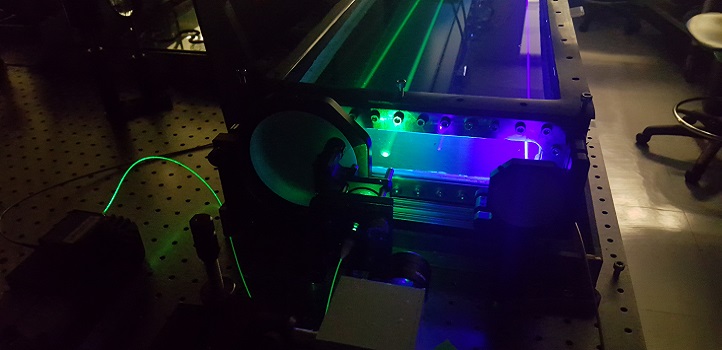
Computer Science
An optical communication system could revolutionize underwater exploration and discovery.
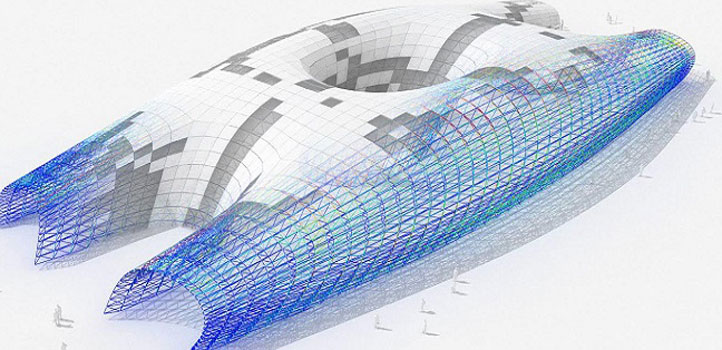
Computer Science
A new computational framework marries ideas from computer graphics with civil engineering to reduce times and costs of constructing frame-based structures.

Computer Science
Advances in how science is presented means that visual tools can inspire research, as well as make its results accessible to the world.

Computer Science
A new tool uses genetic and clinical information to find the root cause of unexplained illnesses.

Computer Science
A repository of metabolic information provides a quick reference tool for designing useful synthetic biological systems.

Computer Science
A new data-mining strategy that offers unprecedented pattern search speed could glean new insights from massive datasets.

Computer Science
New software generates three-dimensional models of buildings, with applications for disaster relief support.

Computer Science
A sketch-based query for searching for relationships among objects in images could enhance the power and utility of image search tools.

Computer Science
Metabolic route explorer helps to optimize the pathways for artificial biosynthesis of valuable products.

Computer Science
Existing systems for predicting protein structure are outperformed by a newly developed method.

Computer Science
Automated learning of an individual’s movement patterns shared over mobile and social networks could help us to connect better.
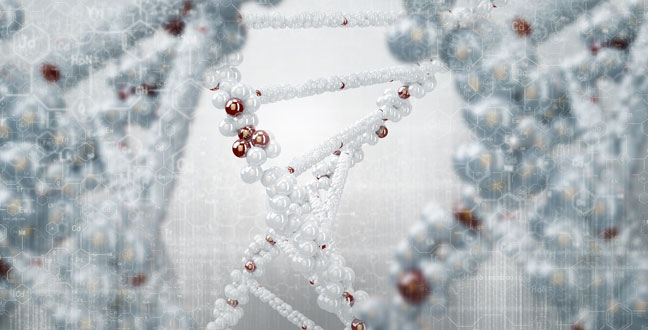
Computer Science
A new mathematical model explains how random factors affect the production of proteins within the cells.

Computer Science
Functions of interacting molecular complexes are uncovered through a novel method of aligning the interaction interface of each complex.

Computer Science
Performance analysis reveals how different resource allocation schemes may impact the energy efficiency of a cognitive radio system.
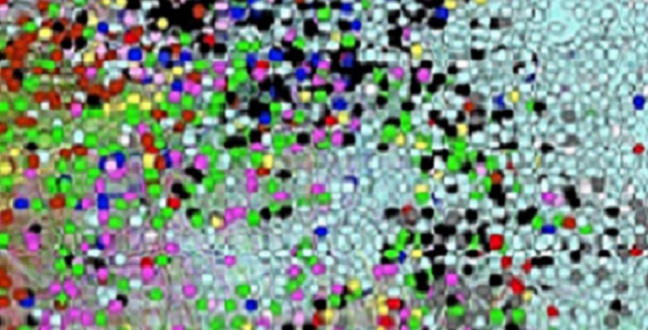
Computer Science
Specialized word search method sheds light on phenotypic similarity of diseases.

Computer Science
An improved peak fitting procedure enables a better determination of protein structures.

Computer Science
An algorithm that maximizes the difference between data categories achieves high accuracy in classifying faces.

Computer Science
State-of-the-art facilities and world-class research projects give rise to thriving start-up companies based at KAUST.

Computer Science
A novel algorithm promises faster functionality for the world’s largest optical-near infrared telescope.